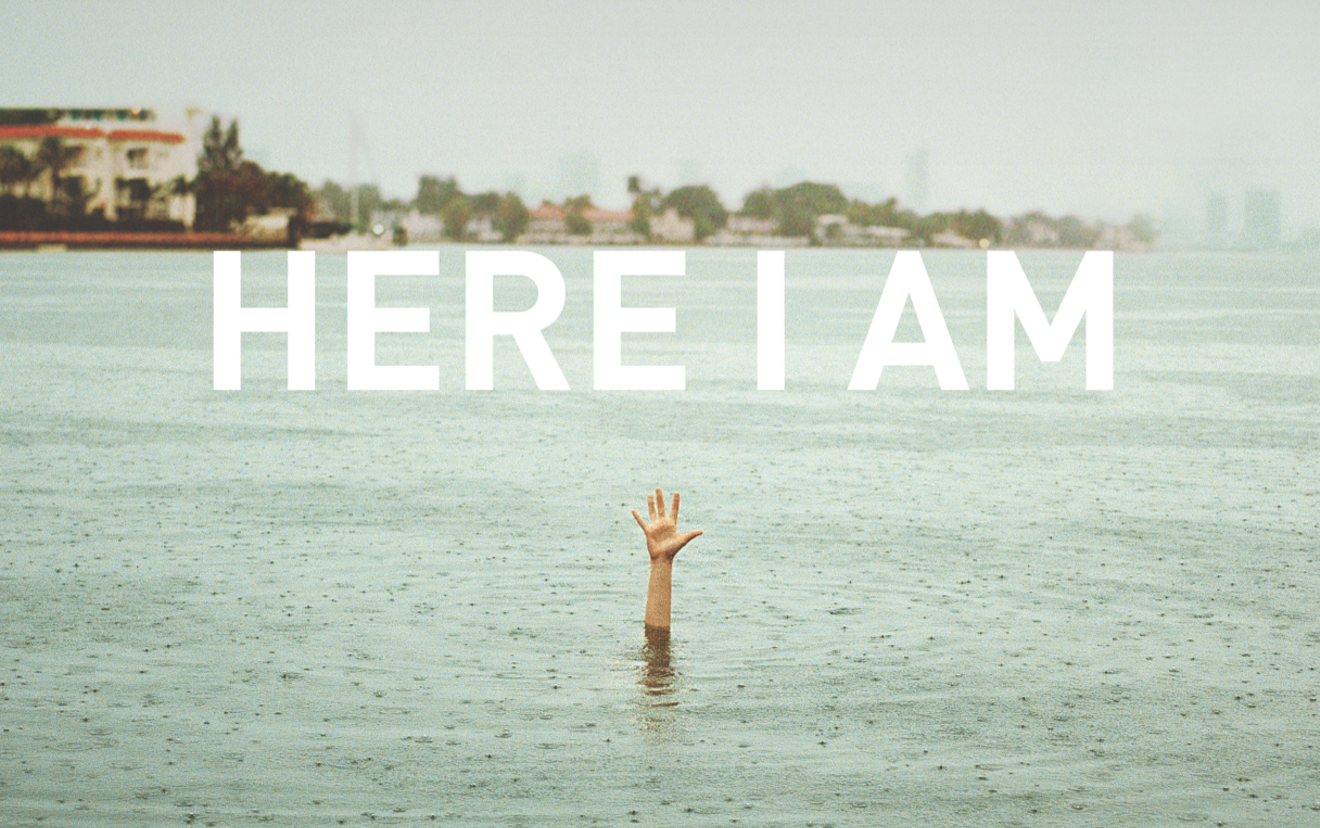Some sat on tile floors, markers in hand, butts half covering large white sheets of posterboard, gossiping while making campaign posters that would ensure their friend became the ninth-grade class president. Others spray-painted protest messages on discarded cardboard, inspired by their parents' stories of marching against the war. Still others sat at computers for hours, designing just the right visuals to promote an anti-smoking campaign.
If you've been involved in the political process at any level, you know the importance of a simple poster. The message and design can put all eyes on you and your cause.
The Wolfsonian-FIU is dedicating space and time to posters with incredible impact. The museum has one of the most significant poster collections in the nation and is showing two poster-heavy exhibits: "Julius Klinger: Posters for a Modern Age" and "Constructing Revolution: Soviet Propaganda Posters From Between the World Wars."
To add an interactive element to their exhibitions, the Wolfsonian is hosting a free day that brings together advocacy and art. PosterFest: Design for Good includes letterpress and silkscreen workshops, presentations, tours, and an art competition. AIGA Miami and Lotus House will sponsor a Design for Good. Participants will make posters addressing stigmas surrounding homelessness. Other guests can watch the creatives at work, and the designers can have their portfolios critiqued by professionals. Adobe Creative Jam Talks will give local leaders a stage to speak about their creative processes, and the day will wrap with an awards ceremony.
New Times spoke with the Wolfsonian's head of education and visitor services, Heather Cook, who conceived of this event, about her creative take on an underappreciated art form.
New Times: I'd love to hear more about the powerful poster collection at the Wolfsonian. Could you spotlight a few of the most exciting posters — in terms of either visual impact or social impact?
Heather Cook: One of the things the Wolfsonian is known for internationally among scholars and artists is our collection of posters and other ephemeral works on paper. We have thousands of them ranging from political propaganda, advertising, and public safety announcements including an incredible collection of over 1,000 AIDS awareness posters from around the world.
Unfortunately, the delicate nature of these materials mandates that they literally be kept in the dark for long stretches of time. This moment, when our galleries are filled with rare and powerful posters from both our collection and others, is cause for a celebration and a moment of reflection on the role of posters past and present.
Some of my favorite posters that will be on view are from the exhibition "Julius Klinger: Posters for a Modern Age." They are predominantly advertising posters, so their social impact was limited, but they had a major influence on graphic design. I’m just so in love with Klinger’s use of line and the way he carefully and creatively used just a few colors to communicate complex shapes and ideas. His 1901 poster for “The Little Joke Sheet” (Das kleine Witzblatt) and his 1922 poster for WIPAG are fun examples.
Could you tell us if there's a link between visual and social impact when it comes to this medium?
Posters are such an effective medium because, when done well, they have the ability to express an idea quickly and powerfully to masses of people. Text plays a role, but so does color, composition, line, and style.
The link between visual and social impact is especially clear in Bowdoin College’s "Constructing Revolution" exhibition, which has traveled to the Wolf for the summer. When the goal of Soviet designers was to inspire anger and action in viewers, they used sharp diagonal lines, bold colors like red and black, and an almost chaotic array of typography styles that seem to shout at you and rile you up. Grigori Mihailovich Shegal’s "Down with Kitchen Slavery" is a good example. Later posters from the 1930s show a very stark shift toward propaganda that would have calmed the public down and reassured them that the socialist regime was on a peaceful and stable path, despite the hundreds of thousands of executions and deportations happening at the time. The socialist realist style mandated by the government in this period is much softer and more realistic, with easy-to-read messages.
Why did you chose to hold this event now? Is it a response to the #NeverAgain movement?
The rare occurrence of having two poster exhibitions up at once is what originally inspired PosterFest. One of our goals, long before the Parkland shooting, was to show the power of posters throughout history and in our current lives to spread ideas and spark change. It is a persuasive medium that has been used negatively, but also — and hopefully increasingly — for good.
The inspiring images of students marching in protest of gun violence, raising handmade posters for the world to see, is an example that we were not expecting. No matter their content or means of production, posters are a relatively cheap and accessible way to amplify a message. It is difficult to hear a single voice in a sea of demonstrators, but we can see farther than we can hear—that is the magic of posters.
These posters have to do with challenging false ideas about homelessness. Why did you chose that focus?
The Miami chapter of AIGA has been an incredible partner in helping us showcase not only the impressive talent of local graphic designers, but also the ways in which poster design can be used to benefit our community. When they developed this poster competition, they took a careful look at issues facing South Florida and the organizations that were already tackling those problems. Homelessness, and the work of Lotus House, was a clear standout. By posting these designs outdoors in public spaces, the hope is that the messages will reach a large cross-section of our community: from potential donors and volunteers, to women and children facing homelessness who might feel isolated and unsure of where to turn.
PosterFest. 4 p.m. to 10 p.m. Saturday, April 21, at the Wolfsonian–FIU, 1001 Washington Ave., Miami Beach; 305.535.2622; wolfsonian.org. Admission is free.
[
{
"name": "Air - MediumRectangle - Inline Content - Mobile Display Size",
"component": "19274298",
"insertPoint": "2",
"requiredCountToDisplay": "2"
},{
"name": "Editor Picks",
"component": "17482312",
"insertPoint": "4",
"requiredCountToDisplay": "1"
},{
"name": "Inline Links",
"component": "18711090",
"insertPoint": "8th",
"startingPoint": 8,
"requiredCountToDisplay": "7",
"maxInsertions": 25
},{
"name": "Air - MediumRectangle - Combo - Inline Content",
"component": "17482310",
"insertPoint": "8th",
"startingPoint": 8,
"requiredCountToDisplay": "7",
"maxInsertions": 25
},{
"name": "Inline Links",
"component": "18711090",
"insertPoint": "8th",
"startingPoint": 12,
"requiredCountToDisplay": "11",
"maxInsertions": 25
},{
"name": "Air - Leaderboard Tower - Combo - Inline Content",
"component": "17482313",
"insertPoint": "8th",
"startingPoint": 12,
"requiredCountToDisplay": "11",
"maxInsertions": 25
}
]













